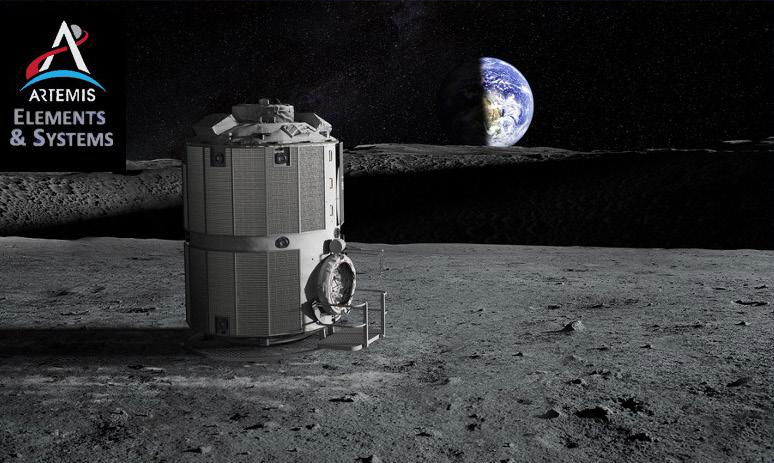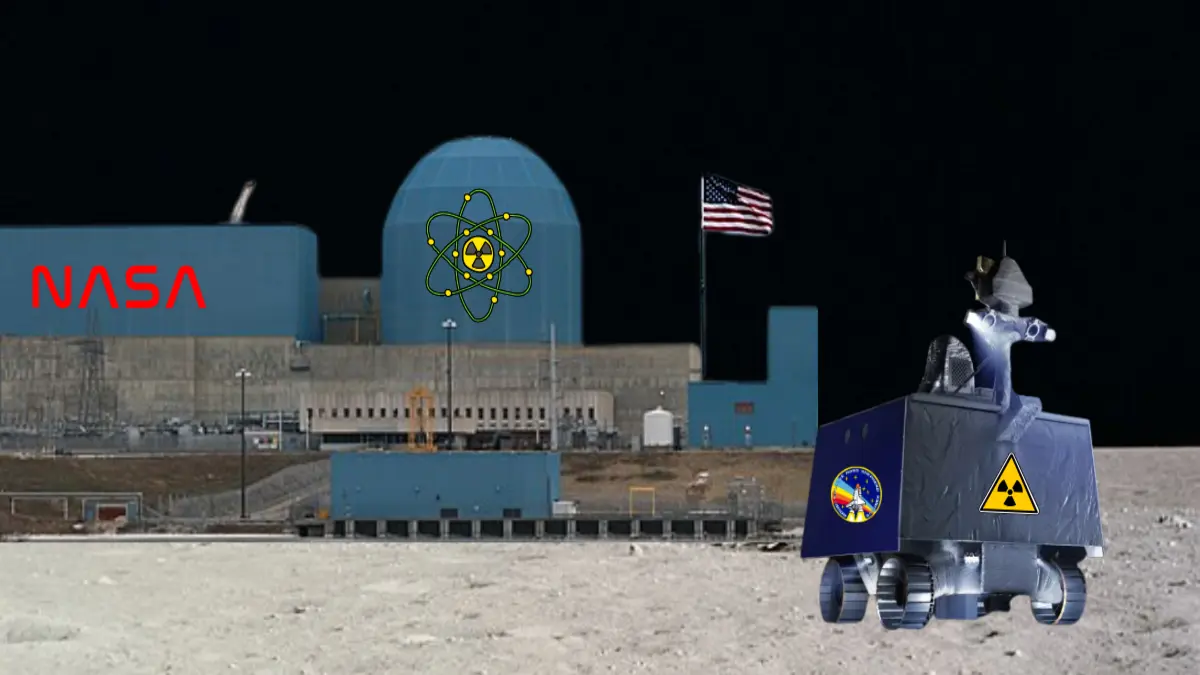NASA has issued a directive to accelerate the deployment of a 100-kilowatt fission reactor on the lunar surface by 2030, significantly raising the stakes for a long-term space infrastructure. The move is part of the U.S. government’s broader Artemis strategy but is also seen as a way to counter the lunar ambitions of China, Russia and India.
The reactor would become the basis for sustainable energy on the moon, enabling continuous operations on the dark and cold lunar night, where solar power is impractical. Although designed as a scientific and logistical necessity, analysts point to the increasing dual use of such a facility, especially as it intersects with geopolitical competition.
- NASA’s Space Launch System rocket carrying the Orion spacecraft lifts off from Launch Complex 39B at Kennedy Space Center in Florida on November 16, 2022, on an Artemis I flight test. Artemis I is NASA’s first integrated test of its deep space exploration systems, including Orion, SLS and ground support. The launch took place at 1:47 a.m. EST. (NASA)
Lunar power, strategic advantage
NASA Acting Administrator Sean Duffy called the initiative essential to “maintain operational continuity for Artemis objectives and ensure peaceful access.” However, the push for nuclear power on the Moon is inherently strategic. In addition to powering habitats and scientific instruments, a stationary, high-output reactor could serve as a future command and control station, a long-range communications relay, and an advanced surveillance network on the lunar surface.
Such capabilities are fundamental to establishing a semi-permanent presence, allowing the United States to shape the rules of entry and governance in a region that remains largely unregulated. The reactor would also enable the extraction of lunar ice for water and propellant—resources with strategic and economic value for interplanetary exploration and military logistics.
A step toward lunar militarization?
Although NASA emphasizes the peaceful nature of the project, the military implications are hard to ignore. China and Russia have committed to building an International Lunar Research Station (ILRS), which is also expected to include nuclear power systems. India, buoyed by the success of its Chandrayaan-3 and upcoming Gaganyaan programs, has signaled its intention to join or support a long-term lunar infrastructure.
This The parallel developments signal a potential arms race in space-related infrastructure. Control-sharing-based power sources could provide strategic advantages on the Moon, including the ability to deny rivals access to key resource areas. Or monitor and track foreign lunar missions. Space law experts have warned that the line between peaceful infrastructure and military capability is increasingly blurred.

- Artist’s rendering of Artemis Base Camp and Foundational Surface Habitat (static configuration). (NASA)
U.S. Posture and Security Coordination
While the U.S. Space Force lunar reactor No involvement in the initiative While the role has not been formally announced, the Department of Defense has expressed support for nuclear surface power concepts. DARPA’s DRACO project (Demonstration Rocket for Agility (Cislunar Operations)) and the DoD’s own lunar surveillance contract suggest that nuclear infrastructure on the Moon should be tied to a future space security doctrine.
There is growing debate about whether such assets can be protected or defended under the Outer Space Treaty. The U.S. has maintained that the treaty allows military activities “for peaceful purposes,” leaving room for future interpretations of what constitutes a defensive stance in space.
Commercial Partnerships and Diplomatic Waves
NASA is expected to issue new industrial contracts for the design and production of the reactor by 2026, with companies such as Lockheed Martin, Westinghouse, and Intuitive Machines among the potential bidders. These companies are developing the technology simultaneously with both civilian and national security applications. has been, which further bridges the gap between research and disruption. Complicates.
Diplomatically, the reactor announcement reinforces U.S. leadership among Artemis Accords nations—many of which are increasingly dependent on U.S. space infrastructure. However, it could also provoke significant countermeasures, especially from countries not party to the agreement. In particular, China, the U.S. Criticizes tactics known as “”space-locked”” tactics by.
- Westinghouse eVinci Microreactor concept cutaway (Westinghouse)
Looking Ahead
The future of the Moon could be shaped not only by scientific achievements but also by who controls its energy, logistics, and communications systems. With a nuclear reactor on the surface, the United States is setting itself up for long-term dominance – one that will influence everything from commercial mining to orbital security.
If implemented in time, the reactor would not only sustain the Artemis base camp but also serve as a forward operating node for the next chapter of the great-power competition – one that could soon extend beyond Earth orbit and into the heart of the Moon.
FAQs
NASA plans to build a 100-kilowatt nuclear reactor on the moon to provide a stable power source for astronauts and equipment. Solar power cannot operate during the two-week lunar night, so the reactor will remain operational. This energy could support habitats, research laboratories, ice mining, and communication systems, making long-duration missions possible.
The project is not just about science but also about strategy. China and Russia are working on their own International Lunar Research Station, while India is building on the success of Chandrayaan-3. Having a nuclear power system on the moon gives the US an advantage in energy, resources, and security – areas that are becoming a topic of discussion in the global space race.
NASA says the project is for peaceful purposes, but experts warn that such powerful systems could also be used for defense or surveillance. With DARPA and the Department of Defense exploring nuclear propulsion and cislunar security, many see this as a step toward the militarization of space. Trending discussions focus on whether the Outer Space Treaty can meet these new challenges.
By 2026, NASA is expected to award contracts to big names like Lockheed Martin, Westinghouse, and Intuitive Machines. These companies are already working on small reactors and space power systems. Their involvement shows how commercial players are shaping both space exploration and national security, a trend that is now a major talking point in space industry news.








Leave a Reply